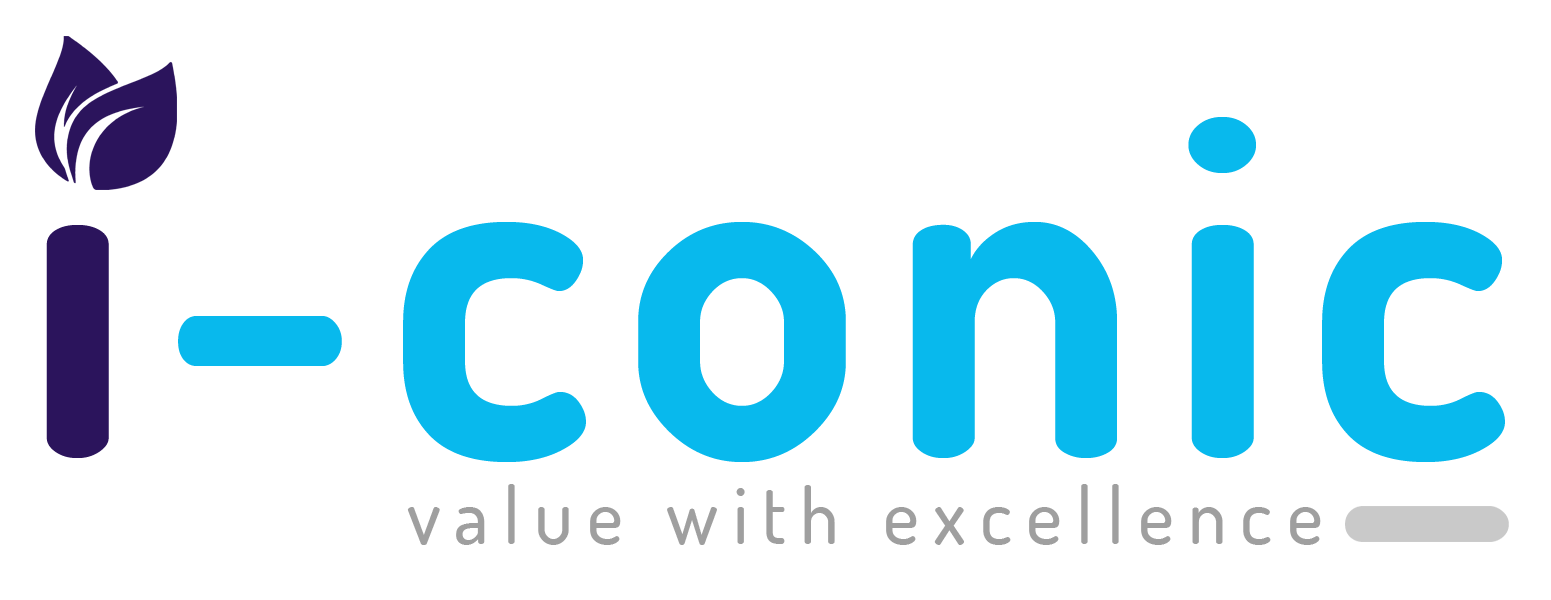Revenue cycle leaders are navigating an increasingly complex and unpredictable landscape. With a new federal administration appointing unconventional leaders to the Health and Human Services Department and the Centers for Medicare & Medicaid Services, questions surrounding the future of government reimbursement policies are mounting. Meanwhile, payers continue to pressure provider organizations, driving them toward lower reimbursement rates. At the same time, patients grappling with economic uncertainty are finding it harder to pay their healthcare bills.
Kodiak has identified the primary headwinds influencing revenue cycle decisions in a quarterly analysis of its KPI benchmarking data. Their findings offer valuable insights for revenue cycle leaders seeking clarity in an uncertain environment.
Rising Claim Denial Rates Remain a Major Challenge
Unsurprisingly, claim denial rates continue to be a pressing issue. According to Kodiak’s data, initial denial rates have steadily increased over the past five years, rising from 10.2% in 2020 to 11.8% in 2024. Final denial rates have also climbed, moving from 2.4% to 2.8% over the same period, despite a temporary dip to 2.1% in 2021.
Kodiak is not alone in flagging the growing problem of claim denials. The 2024 State of Claims survey from Experian Health reinforces this concern, highlighting it as a top priority for revenue cycle leaders.
However, there may be some hope on the horizon. State lawmakers appear increasingly willing to crack down on payers for their problematic claim denial practices, signaling the possibility of regulatory relief. This could offer providers some much-needed protection from aggressive reimbursement tactics.
Medicare Advantage and Commercial Plans Drive Denial Increases
A closer look at Kodiak’s data reveals that claim denial rates are not rising uniformly across all health plans. Interestingly, denial rates for traditional Medicare patients fell slightly from 2023 to 2024, while rates for Medicaid-managed care patients remained relatively stable.
The sharpest increases in claim denial rates were concentrated among patients covered by commercial health plans and Medicare Advantage plans. From 2023 to 2024, denial rates for commercial plans rose by 1.5%, while Medicare Advantage plans saw a more significant jump of 4.8%. This trend suggests that private payers are increasingly tightening their reimbursement practices, putting further strain on provider revenue cycles.
Patients Face Greater Financial Burdens but Struggle to Pay
There is both good and bad news when it comes to patient financial responsibility. On the positive side, bad debt as a percentage of gross patient service revenue decreased by 5.7% from 2023 to 2024. Additionally, point-of-service cash collections as a percentage of total patient payments increased by 4.8%, indicating some improvement in upfront payment collection.
However, the downside is that commercially insured patients are being asked to shoulder larger portions of their medical expenses—but they are paying less of what they owe after insurance. In 2023, patients were responsible for 21.7% of allowed amounts, which rose marginally to 21.85% in 2024. Yet, post-insurance collection rates declined noticeably, falling from 37.58% to 34.46%.
These figures align with broader trends showing that patients are increasingly reaching their financial limits. Recent Gallup polling reveals that only 55% of Americans feel they can afford their healthcare bills—a six-point drop from 2022. Furthermore, around one-third of respondents admitted to forgoing medical care due to costs, while nearly 60% expressed concern that they might need to take on debt if they faced a major health event.
What Lies Ahead for Revenue Cycle Leaders
The trends identified by Kodiak paint a sobering picture for revenue cycle leaders in 2025. With payers tightening reimbursement practices and patients struggling with mounting financial burdens, healthcare organizations will need to adopt more strategic approaches to sustain revenue flow. The path forward will likely involve a combination of stronger claim denial management, enhanced point-of-service collection strategies, and innovative patient payment plans to maintain financial stability in an increasingly challenging environment.





